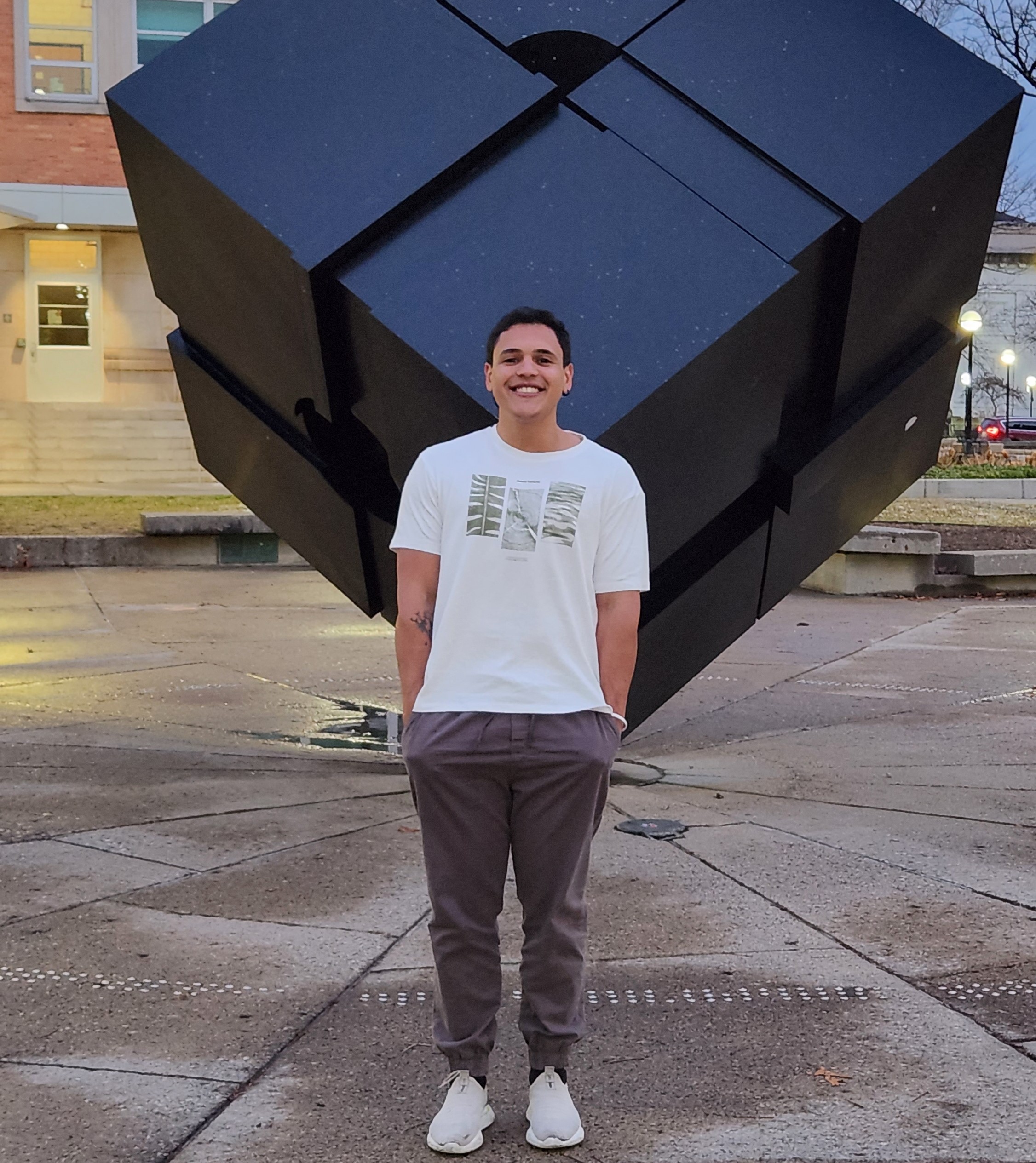Sitemap
A list of all the posts and pages found on the site. For you robots out there is an XML version available for digesting as well.
Pages
Posts
Future Blog Post
Published:
This post will show up by default. To disable scheduling of future posts, edit config.yml and set future: false.
Blog Post number 4
Published:
This is a sample blog post. Lorem ipsum I can’t remember the rest of lorem ipsum and don’t have an internet connection right now. Testing testing testing this blog post. Blog posts are cool.
Blog Post number 3
Published:
This is a sample blog post. Lorem ipsum I can’t remember the rest of lorem ipsum and don’t have an internet connection right now. Testing testing testing this blog post. Blog posts are cool.
Blog Post number 2
Published:
This is a sample blog post. Lorem ipsum I can’t remember the rest of lorem ipsum and don’t have an internet connection right now. Testing testing testing this blog post. Blog posts are cool.
Blog Post number 1
Published:
This is a sample blog post. Lorem ipsum I can’t remember the rest of lorem ipsum and don’t have an internet connection right now. Testing testing testing this blog post. Blog posts are cool.
portfolio
Portfolio item number 1
Short description of portfolio item number 1
Portfolio item number 2
Short description of portfolio item number 2 
publications
Paper Title Number 1
Published in Journal 1, 2009
This paper is about the number 1. The number 2 is left for future work.
Recommended citation: Your Name, You. (2009). "Paper Title Number 1." Journal 1. 1(1). http://academicpages.github.io/files/paper1.pdf
Paper Title Number 2
Published in Journal 1, 2010
This paper is about the number 2. The number 3 is left for future work.
Recommended citation: Your Name, You. (2010). "Paper Title Number 2." Journal 1. 1(2). http://academicpages.github.io/files/paper2.pdf
The S-PLUS Transient Extension Program: Imaging Pipeline, Transient Identification, and Survey Optimization for Multi-Messenger Astronomy
Published in Monthly Notices of the Royal Astronomical Society, 2023
We present the S-PLUS Transient Extension Program (STEP): a supernova and fast transient survey conducted in the southern hemisphere using data from the Southern Photometric Local Universe Survey (S-PLUS) Main Survey and the T80-South telescope. Transient astrophysical phenomena have a range of interest that goes through different fields of astrophysics and cosmology. With the detection of an electromagnetic counterpart to the gravitational wave (GW) event GW170817 from a binary neutron stars merger, new techniques and resources to study fast astrophysical transients in the multi-messenger context have increased. In this paper, we present the STEP overview, the SN follow-up data obtained, data reduction, analysis of new transients and deep learning algorithms to optimize transient candidate selection. Additionally, we present prospects and optimized strategy for the search of Gravitational Wave counterparts in the current LIGO/Virgo/Kagra observational run (O4) in the context of T80-South telescope.
Recommended citation: A Santos, C D Kilpatrick, C R Bom, P Darc, F R Herpich, E A D Lacerda, M J Sartori, A Alvarez-Candal, C Mendes de Oliveira, A Kanaan, T Ribeiro, W Schoenell, The S-PLUS Transient Extension Program: imaging pipeline, transient identification, and survey optimization for multimessenger astronomy, Monthly Notices of the Royal Astronomical Society, Volume 529, Issue 1, March 2024, Pages 59–73, http://academicpages.github.io/files/paper3.pdf](https://academic.oup.com/mnras/article/529/1/59/7608535
Kilonova Spectral Inverse Modelling with Simulation-Based Inference: An Amortized Neural Posterior Estimation Analysis
Published in , 2024
Kilonovae represent a category of astrophysical transients, identifiable as the electromagnetic observable counterparts associated with the coalescence events of binary systems comprising neutron stars and neutron star-black hole pairs. They act as probes for heavy-element nucleosynthesis in astrophysical environments. These studies rely on inference of the physical parameters (e.g., ejecta mass, velocity, composition) that describe kilonovae based on electromagnetic observations. This is a complex inverse problem typically addressed with sampling-based methods such as Markov-chain Monte Carlo (MCMC) or nested sampling algorithms. However, repeated inferences can be computationally expensive due to the sequential nature of these methods. This poses a significant challenge to ensuring the reliability and statistical validity of the posterior approximations and, thus, the inferred kilonova parameters themselves. We present a novel approach: Simulation-Based Inference (SBI) using simulations produced by \texttt{KilonovaNet}. Our method employs an ensemble of Amortized Neural Posterior Estimation (ANPE) with an embedding network to directly predict posterior distributions from simulated spectral energy distributions (SEDs). We take advantage of the quasi-instantaneous inference time of ANPE to demonstrate the reliability of our posterior approximations using diagnostics tools, including coverage diagnostic and posterior predictive checks. We further test our model with real observations from AT\,2017gfo, the only kilonova with multi-messenger data, demonstrating agreement with previous likelihood-based methods while reducing inference time down to a few seconds. The inference results produced by ANPE appear to be conservative and reliable, paving the way for testable and more efficient kilonova parameter inference.
Recommended citation: Darc et al 2024 [http://academicpages.github.io/files/paper3.pdf](https://arxiv.org/abs/2311.09471)
talks
teaching
Laboratory of instrumentation in contemporary physics and digital processing
Teaching assistant, Universidade Federal do Rio De Janeiro, 1900
Laboratório Didático do instituto de Física da UFRJ (LADIF)
Teacher assistant and Intern, Universidade Federal do Rio de Janeiro, 1900
Taught physics classes to High school students visiting the LADIF and visited schools introducing physics experiments.
